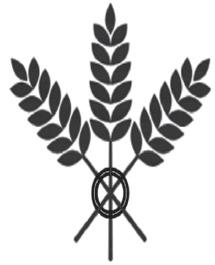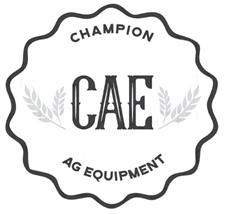
3 minute read
Scientists predict mild harmful algal bloom for Lake Erie this year
(Continued from page A1) oceanographer with NOAA’s National Centers for Coastal Ocean Science. So if heavier rainfall sends more nutrients into the lake at that time, those nutrients are available to the blooms right when they’re growing.
If July brings some intense storms, the bloom could wind up being less mild this year. Currently, July rainfall is predicted to be slightly above average, Stumpf said.
Advertisement
“If it rains some, don’t be too concerned because it’s so dry that a lot of that has to soak into the ground,” he added. “So there’s a lot of catch-up room.”
Researchers have also noticed the peaks of Lake Erie’s algal blooms are lasting longer. In 2010, for example, the bloom peaked at almost an 8 on the index, but that peak only lasted for 10 days. In 2022, the slightly lower peak went on for 20 to 30 days, Stumpf said. Since the severity index currently considers the amount of time the peak lasts as well as the size of the bloom, those longer peaks are likely affecting the forecasts.
“We’re now trying to adjust the severity index to correct for this shift,” Stumpf said.
Targets. The amount of phosphorus going into the water overall should be close to targets based on the Great Lakes Water Quality Agreement, said Johnson, most likely because of the dry weather. The agreement aims to cut the amount of phosphorus going into the lake by 40% by 2025.
Concentrations of phosphorus going into the lake, however, remain higher than the target.
Efforts. Public and private sector programs continue to work on the issue. The Ohio Agriculture Conservation Initiative announced in May that more than 2,000 farmers in northwest Ohio have gotten involved with its certification program since 2020, when the program launched.
That program helps farmers develop nutrient management plans to improve water quality. It also works with the H2Ohio initiative,
Ohio’s water quality improvement plan, to help farmers fund best management practices to improve water quality.
While the H2Ohio program currently covers 24 counties in northwest Ohio, the certification program is actually available statewide.
It takes time to see results, partly because scientists estimate 60-80% of the phosphorus load into Lake Erie is legacy phosphorus, built up in farm fields from years of fertilizer applications. Researchers have been working on ways to identify which legacy phosphorus fields are likely to have a lot of runoff, and to reduce the phosphorus coming from those fields through things like phosphorus filters.
“It’s a tough problem. We’re doing the right things to move in the right direction,” said Christopher Winslow, director of Ohio Sea Grant.
(Sarah Donaldson can be reached at 800837-3419 or sarah@farmanddairy.com.)
Nominations sought for corn marketing board
DELAWARE, Ohio — Pursuant to Section 924.07 of the Ohio Revised Code, Brian Baldridge, director of the Ohio Department of Agriculture, will conduct an election of the Ohio Corn Marketing Program Board Dec. 5.
The Ohio Corn Marketing Program is designed to increase the market for corn and enhance opportunities for Ohio corn growers. The program provides funds for corn research, education and market development and promotion.
The election to the Board will include these five districts:
• District 2: Ottawa, Sandusky, Seneca and Wood
• District 6: Ashland, Knox, Marion, Morrow and Richland
• District 8: Auglaize, Mercer, Miami and Shelby
• District 11: Darke, Montgomery and Preble
• District 14: Fayette, Highland, Pike and Ross

Nominating petitions may be obtained from Brian Baldridge, 8995 East Main St., Reynoldsburg, OH, 43068-3399; telephone 800-282-1955 or 614-728-6390.
Petitions require at least 25 valid signatures from Ohio corn growers who reside within the district in which the candidate seeks election and must be returned to the Department of Agriculture no later than 5 p.m. Nov. 1.
If only one valid petition is received in a district, there will be no election and that person will become the committee member. Voting and ballot information will be published at a later date when the Ohio Department of Agriculture has received the candidates’ petitions.
Direct questions or comments to David Miran Jr. at 614-728-6390 or 800-282-1955.
The Ohio Corn Marketing Program was approved by an affirmative vote of Ohio’s corn producers. The voluntary, self-help program allows for the collection of a three-quarterscent-per-bushel assessment by all first purchasers of the grain.
Funds from the program can only be invested for research, market development and promotion and education purposes.
Visit ohiocornandwheat.org for more information.












